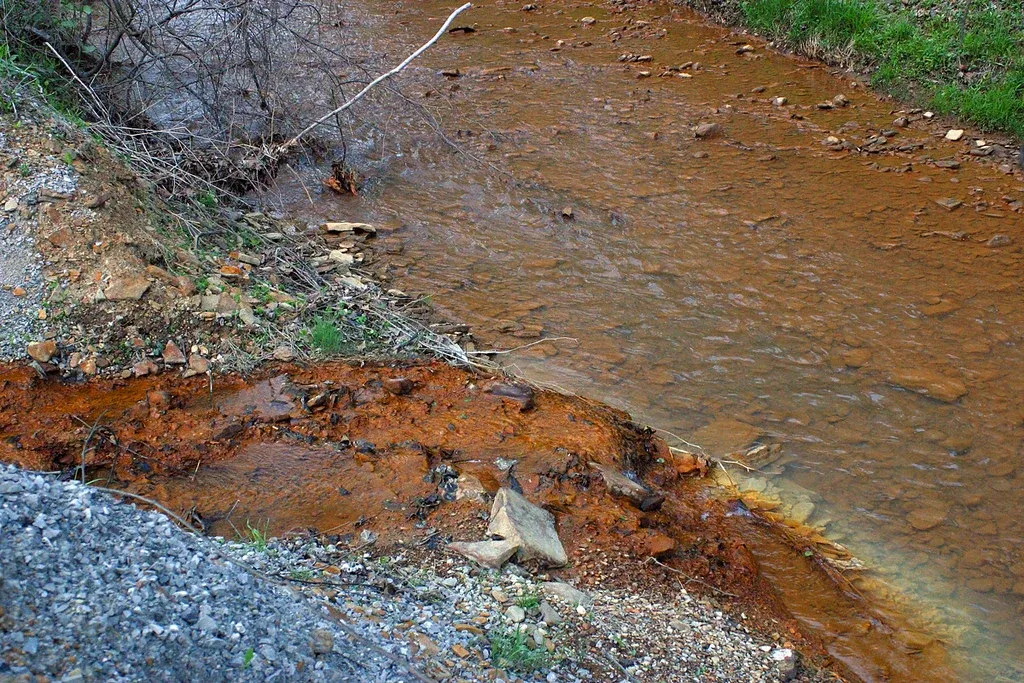Human activities are major contributors to environmental degradation, impacting the planet in myriad ways. This blog post examines the effects of key activities such as food production, shelter, housing, agriculture, industry, mining, transportation, and economic/social security on the environment. By understanding the environmental impacts of human activities, such as pollution, deforestation, and greenhouse gas emissions. we can develop effective strategies to mitigate these issues.
This approach can help us address climate change, protect biodiversity, and promote sustainability for a healthier planet. Embracing renewable energy, supporting reforestation, and encouraging eco-friendly practices are just some of the sustainable solutions that can lead us toward a more environmentally conscious future.
1. Food Production
Food production encompasses agriculture, livestock farming, and fisheries. Intensive agriculture often relies on synthetic fertilizers and pesticides, leading to soil degradation and water pollution through runoff. Livestock farming contributes significantly to deforestation, methane emissions, and water consumption. Fisheries, if not managed sustainably, can lead to overfishing and disruption of marine ecosystems.
Environmental Impact:-
- Soil Degradation: Intensive farming practices deplete soil nutrients, leading to erosion and loss of fertility.
- Water Pollution: Runoff from fertilizers and pesticides contaminates rivers and lakes, causing algal blooms and affecting aquatic life.
- Greenhouse Gas Emissions: Livestock farming produces significant methane emissions, contributing to global warming.
- Overfishing: Unsustainable fishing practices disrupt marine biodiversity.
Solutions:-
- Sustainable Agriculture: Practices like crop rotation, organic farming, and reduced pesticide use can mitigate environmental impact.
- Agroforestry: Integrating trees into agricultural land can reduce erosion and improve biodiversity.
- Sustainable Fisheries: Implementing quotas and marine protected areas can help maintain fish populations.
2. Shelter and Housing
Shelter and housing involve residential construction, urban development, and infrastructure. Rapid urbanization often leads to deforestation and habitat loss, while construction materials like concrete and steel contribute to resource depletion and energy consumption.
Environmental Impact:-
- Deforestation: Urban expansion often requires clearing forests, leading to habitat loss and reduced carbon sequestration.
- Resource Depletion: Construction requires significant raw materials, contributing to resource depletion.
- Urban Heat Islands: The concentration of buildings and roads can increase temperatures in urban areas.
- Waste Generation: Construction and urban development generate considerable waste, contributing to pollution.
Solutions:-
- Green Building Practices: Using energy-efficient materials and incorporating renewable energy sources can reduce environmental impact.
- Sustainable Urban Planning: Designing cities with green spaces and efficient public transportation can minimize environmental harm.
- Recycling and Waste Management: Implementing recycling programs and reducing construction waste can lower pollution.
3. Agriculture
Agriculture plays a crucial role in food production but often has negative environmental effects. Intensive agriculture leads to soil degradation, water pollution, and loss of biodiversity.
Environmental Impact:-
- Soil Erosion: Intensive farming practices can strip soil of nutrients, leading to erosion and desertification.
- Water Contamination: Pesticides and fertilizers can pollute water sources, harming aquatic life and reducing water quality.
- Biodiversity Loss: Conversion of natural habitats into agricultural land disrupts ecosystems and reduces biodiversity.
Solutions:-
- Sustainable Farming Practices: Crop rotation, organic farming, and integrated pest management can reduce negative impacts.
- Reduced Chemical Use: Limiting the use of synthetic pesticides and fertilizers can prevent water contamination.
- Preservation of Biodiversity: Protecting natural habitats and promoting agroforestry can enhance biodiversity.
4. Industry
Industries are major contributors to environmental degradation, consuming vast amounts of energy and producing significant waste and emissions.
Environmental Impact:-
- Air Pollution: Industrial processes release pollutants like sulfur dioxide and nitrogen oxides, leading to smog and respiratory issues.
- Water Contamination: Industrial waste can contaminate rivers and lakes, affecting aquatic ecosystems.
- Resource Depletion: Industries often rely on non-renewable resources, contributing to resource depletion.
- Carbon Emissions: Industrial activities contribute to greenhouse gas emissions, accelerating climate change.
Solutions:-
- Cleaner Production: Adopting cleaner technologies and reducing waste can lower environmental impact.
- Renewable Energy: Transitioning from fossil fuels to renewable energy sources can reduce carbon emissions.
- Stricter Regulations: Implementing regulations to limit industrial pollution can protect the environment.
5. Mining
Mining is essential for obtaining raw materials but has severe environmental consequences, including land degradation and water pollution.
Environmental Impact:-
- Land Degradation: Mining activities can cause significant land disturbance, leading to erosion and habitat loss.
- Water Pollution: Acid mine drainage and heavy metals can contaminate water sources, affecting aquatic ecosystems and human health.
- Resource Depletion: Mining depletes non-renewable resources, leading to long-term environmental consequences.
Solutions:-
- Sustainable Mining Practices: Implementing rehabilitation programs and reducing land disturbance can mitigate environmental impact.
- Waste Management: Proper handling of mining waste (tailings) can reduce water pollution risks.
- Environmental Regulations: Stricter regulations on mining practices can help protect ecosystems.
6. Transportation
Transportation, particularly the use of automobiles, contributes significantly to air pollution and greenhouse gas emissions. Expansion of road networks also leads to habitat fragmentation.
Environmental Impact:-
- Air Pollution: Vehicles emit pollutants like carbon dioxide and nitrogen oxides, contributing to climate change and health issues.
- Carbon Emissions: Transportation is a major source of carbon emissions, driving global warming.
- Habitat Fragmentation: Road networks can disrupt wildlife habitats, leading to biodiversity loss.
- Resource Consumption: Transportation infrastructure requires significant raw materials and energy.
Solutions:-
- Public Transportation: Investing in efficient public transportation systems can reduce the reliance on personal vehicles.
- Electric Vehicles: Transitioning to electric vehicles can reduce carbon emissions and air pollution.
- Green Infrastructure: Designing roads and transportation systems with minimal environmental impact can protect ecosystems.
7. Economic and Social Security
Economic activities and social security programs are closely tied to environmental impact. A focus on economic growth can lead to overconsumption and increased resource use, while social security programs can drive responsible consumption and environmental awareness.
Environmental Impact:-
- Overconsumption: Economic growth can lead to overconsumption, increasing waste and resource depletion.
- Resource Depletion: Industries that drive economic growth often rely on non-renewable resources.
- Environmental Inequality: Social security programs can mitigate environmental inequalities, but improved living standards may lead to increased consumption and resource use.
Solutions:-
- Sustainable Economic Policies: Promoting a circular economy and supporting renewable energy can foster sustainable economic growth.
- Social Security with Environmental Focus: Social programs that encourage responsible consumption and environmental awareness can have a positive impact.
- Environmental Regulations: Implementing regulations that limit overconsumption and promote sustainability can help balance economic and environmental goals.
Subscribe Our Newsletter





0 Comment
Post a Comment